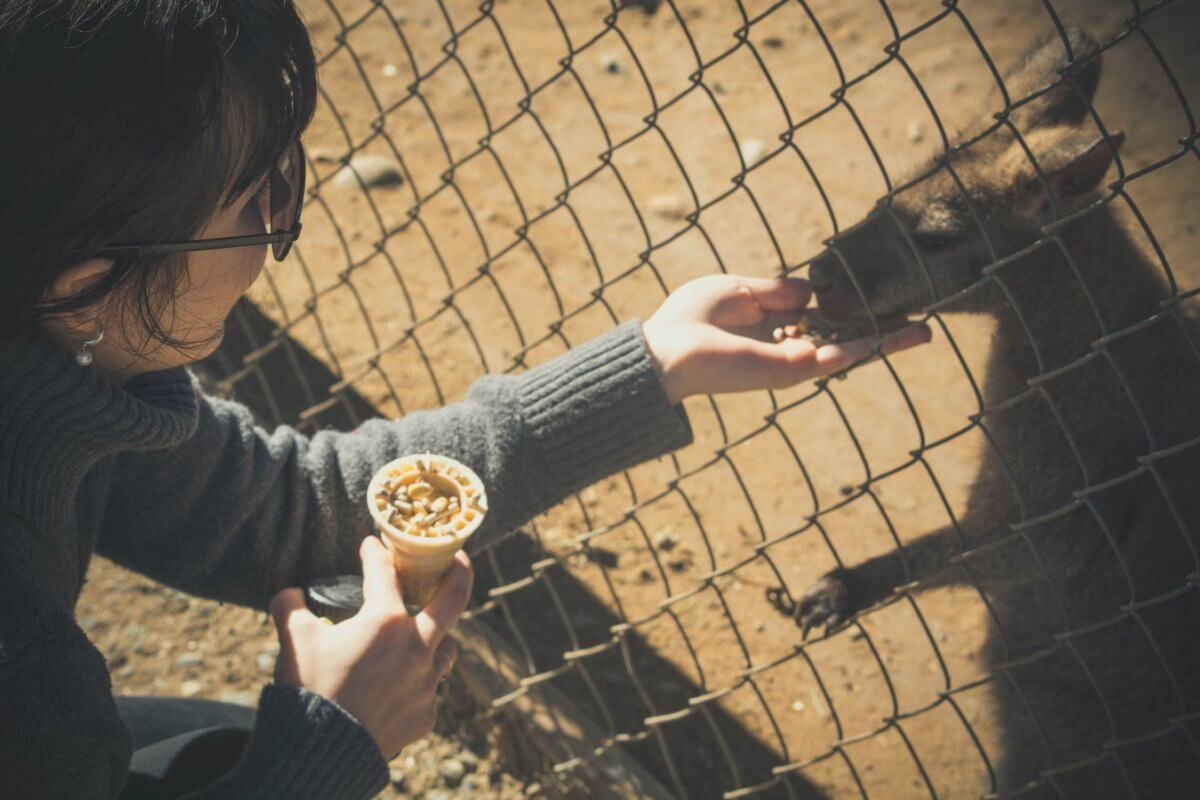Like many local Canberrans, last weekend I made my way out to Tidbinbilla Nature Reserve. I was amazed by the abundance of wildlife in ‘The Sanctuary’. The area is bordered by a series of predator-proof fences, coursing with electricity. Inside these fences, Potoroos, Koalas and every other kind of vulnerable critter are flourishing.
The same is mirrored in the north of the ACT as well. There, Mulligans Flat provides a haven for Eastern Quolls, previously extinct to the mainland. The ACT is not alone, across Australia predator-proof fences are popping up everywhere. For good reason, too. They have been incredibly successful in the conservation of vulnerable species. However, this growing trend also raises some troubling issues. Should predator-proof fences be the future of Australian conservation?
Introduced predators are a big problem in Australia. Such predators mainly comprise of wild dogs, cats and foxes. Since their introduction, they have thrived at the expense of our native marsupials. Previously, the only natural predator for the marsupials was the dingo. Cats and foxes are much better hunters. Feral cats alone kill a million native birds every night. As a result, it hasn’t taken long for native species numbers to plummet and for the predators to rise.
Several techniques have been used to control predators numbers since their introduction. The most controversial of these has been the 1080 baiting program. This program has been highly criticised by animal rights groups and land managers alike. 1080 is a harsh poison that gives a slow and painful death to any animal that ingests it. Targeting the species you want to cull is also difficult. Although there are measures to do this, often the wrong animal will come along and ingest the poison.
Land managers have now primarily moved to the more humane and effective predator-proof fences. These fences work by excluding an animal from an area by fence height, depth under the ground and mesh size. Many fences also utilise an electric current to deter predators further. Their success is undeniable. So now many vulnerable populations, like the rock wallaby, are rebounding with the help of predator-proof fencing.
Managers are investing heavily in these fences after seeing their effectiveness. In Central Australia, construction of the world’s largest cat-proof fence has just been completed. This 94 square kilometre area will see the replenishment of local bilby and bettong populations.
Predator-proof fences are not without controversy. Many people are critical of their eager adoption as a ‘fix-all’ for conservation. For example, at Mulligans Flat one thousand animals were found blocked by the fence, with 108 reptiles dying while trying to get past it. The fences restrict these populations’ natural movements.
There is also the larger, philosophical issue of fencing in animals. This has long been debated with the ethics of zoos. Fences are great at protecting the animals at risk. But if we continue to build fences we will lose any chance of having natural, wild populations. Animals would be protected just for show. After that, what’s the point?
As a land manager, it can often be difficult to take the hands-off approach. Stepping back may be the best solution for controlling Australia’s introduced predators. Recently, a study from Deakin University suggests that reintroducing dingoes will help manage cat and fox populations.
The study argues that reintroducing dingoes to areas they have been removed from will restore balance to ecosystems. This is because dingoes are apex predators. They hunt and kill mesopredators like cats and foxes. According to researchers, they also “don’t pose the same risk to threatened species, as the smaller mammals have developed anti-predator strategies to co-exist with dingoes.” More study is still needed, though. Dingoes pose a significant threat to livestock, so reintroduction will have to be closely monitored.
At the moment, predator-proof fences are a necessary evil. They are more effective and humane then 1080 baiting. However, we risk losing our wild populations if we rely on them too heavily. Reintroducing dingoes into the bush may be the solution to counteract this. Its implementation must be carefully overseen. It’s our best shot at avoiding becoming ‘Zoo Australia’.
We acknowledge the Ngunnawal and Ngambri people, who are the Traditional Custodians of the land on which Woroni, Woroni Radio and Woroni TV are created, edited, published, printed and distributed. We pay our respects to Elders past and present. We acknowledge that the name Woroni was taken from the Wadi Wadi Nation without permission, and we are striving to do better for future reconciliation.
